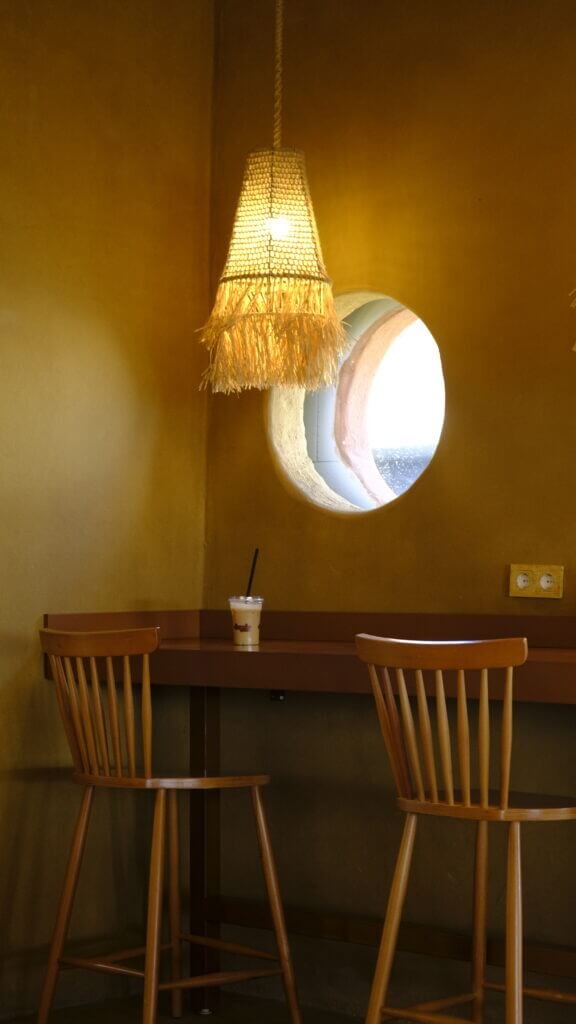What Is The Process Of Making Metal Jewelry?
What Is The Process Of Making Metal Jewelry? Have you ever wondered about the intriguing process behind the creation of metal jewelry? From the delicate intricacies of design to the precise craftsmanship, the process of making metal jewelry is a fascinating art form. In this article, we will explore the step-by-step journey that transforms raw materials into stunning adornments that can be treasured for a lifetime. Whether you’re a jewelry enthusiast or simply curious about the process, join us as we uncover the secrets behind the creation of metal jewelry. Making metal jewelry involves several distinct stages, from designing and selecting the metal to preparing it, adding gemstones or decorations, and finally finishing and assembling the final product. Each step requires careful attention to detail and craftsmanship to create a beautiful and durable piece of jewelry. In this article, we will explore the step-by-step process of making metal jewelry, providing insights and tips along the way to help you in your own jewelry-making endeavors.

Designing the Jewelry
The first step in the process of making metal jewelry is researching and sketching designs. This is where your creativity can truly shine. Take inspiration from various sources such as nature, art, or even your own imagination. Sketch out different ideas until you find a design that you are excited about.
Once you have settled on a design, it is time to create a prototype. This can be done using various materials such as wax or clay. The prototype allows you to see how the design translates into a three-dimensional form and make any necessary modifications. It is crucial to ensure that the proportions, size, and overall look of the jewelry are as intended before moving on to the next step.
Selecting the Metal
Choosing the right type of metal for your jewelry is an important decision. Consider factors such as durability, color, and cost when selecting the metal. Common metals used in jewelry making include gold, silver, platinum, and various alloys. Each metal has its unique properties and characteristics, so choose one that aligns with your design and budget.
Once you have decided on the type of metal, it is time to purchase it. Many jewelry supply stores offer a wide range of metals, allowing you to choose the specific alloy, gauge, and form that you need for your project. Be sure to take accurate measurements of the metal required for your design to avoid wastage or unnecessary expenses.

Preparing the Metal
Preparing the metal is a crucial step in the jewelry-making process. First, measure and cut the metal based on your design specifications. It is essential to use precise measurements to ensure the final piece fits and looks as intended.
After cutting the metal, refine the edges to remove any sharp or jagged edges. This can be done using a file or sandpaper. Be sure to take your time and pay attention to detail during this step to achieve a smooth and professional finish.
Next, you will need to file and shape the metal pieces. This involves using files, sandpaper, or other shaping tools to achieve the desired shape and form. Take care to maintain the integrity of the metal while shaping it, and remember that small adjustments can often make a significant difference in the final appearance of your jewelry.
Joining Metal Pieces
Once the metal pieces have been prepared, it is time to join them together. Soldering is the most common method used to create a secure bond between metal pieces. Before soldering, it is essential to clean the metal surfaces thoroughly to remove any debris or oxidation.
To solder the metal, flux is applied to the areas that need to be joined. Flux helps to prevent oxidation during the soldering process. A torch is then used to heat the metal while applying the solder. The solder melts and flows into the joint, creating a strong bond between the metal pieces.
Ensuring a secure bond between the pieces is crucial for the longevity of the jewelry. Take your time during this step to ensure proper heating, solder application, and cooling of the metal. Pay attention to the placement of the solder to avoid excess or uneven appearance in the final piece.

Texturing and Forming
Adding texture to the metal can enhance the overall aesthetic appeal of the jewelry. Techniques such as hammering, stamping, or engraving can be used to create unique patterns and designs on the metal surface. Experiment with different textures to find the one that best complements your design.
Forming the metal into desired shapes is another important step in the jewelry-making process. This can be done using various tools like mandrels, hammers, or presses. Take your time and carefully shape the metal to match your design. Pay attention to symmetry and proportion to ensure a visually pleasing result.
Adding Gemstones or Decorations
Gemstones add a touch of elegance and color to metal jewelry. Choosing the right gemstones and positioning them correctly is essential to enhance the overall beauty of the piece. Consider factors like size, color, and cut when selecting gemstones for your design.
Creating settings for gemstones is an art in itself. Depending on the design, you may need to create prong settings, bezel settings, or other types of settings to securely hold the gemstones in place. Take your time and ensure that the settings are well-crafted and properly aligned with the metal.
In addition to gemstones, you may also choose to add decorative elements like beads or charms. These embellishments can further personalize and enhance the design of the jewelry. Position them strategically to create a visually appealing and balanced composition.

Polishing and Finishing
Polishing the metal surface is essential for creating a smooth and lustrous finish. Start by smoothing the metal using different abrasives like sandpaper or polishing compounds. Progressively work your way from coarse to finer abrasives to achieve a polished surface.
After smoothing the surface, apply the desired finish to the metal. This can be a high shine, brushed, hammered, or matte finish, depending on your design preferences. Experiment with different finishes to find the one that best complements your jewelry piece. Remember that the finish can significantly impact the overall appearance of the jewelry.
Cleaning and Buffing
Cleaning the jewelry is an important step to remove any debris or remaining flux. Use a soft brush and mild soap to gently clean the jewelry. Pay particular attention to gemstones or any intricate details to ensure they are thoroughly cleaned.
Buffing the jewelry is the final step to achieve a brilliant shine. Use a jewelry polishing cloth or a buffing wheel to gently buff the metal surface. Take care to use the appropriate pressure and technique to avoid damaging the jewelry. Buffing not only enhances the shine but also helps to remove any fine scratches created during the jewelry-making process.
Inspect the jewelry carefully for any imperfections or inconsistencies in the finish. Make any necessary touch-ups or adjustments to ensure the final piece meets your quality standards. This attention to detail will ensure that your jewelry piece is flawless and ready to be worn or presented to others.
Assembling the Final Product
Assembling the final product involves attaching findings like clasps or ear wires and arranging chain or bracelet components. Pay attention to the functionality and security of the findings to ensure they hold up well during everyday wear. Ensure that all components are securely attached to prevent any accidental damage or loss.
Quality Control
Last but not least, quality control is a vital step in the jewelry-making process. Inspect the jewelry for structural integrity, checking for any weak points or areas that may need reinforcement. Test the jewelry for durability by simulating everyday wear and ensuring that it remains intact.
In addition to structural integrity and durability, check for proper functionality of any moving parts such as clasps or hinges. Ensure that they open and close smoothly and securely.
By following this comprehensive process, you can create beautiful and durable metal jewelry pieces. Remember to always pay attention to detail, experiment with different techniques, and continuously refine your skills to enhance your jewelry-making craft. With practice and dedication, you can create stunning pieces of wearable art that bring joy and beauty to those who wear them.



